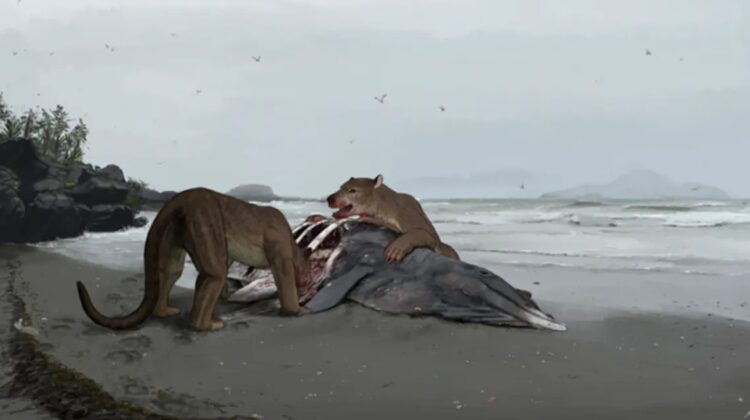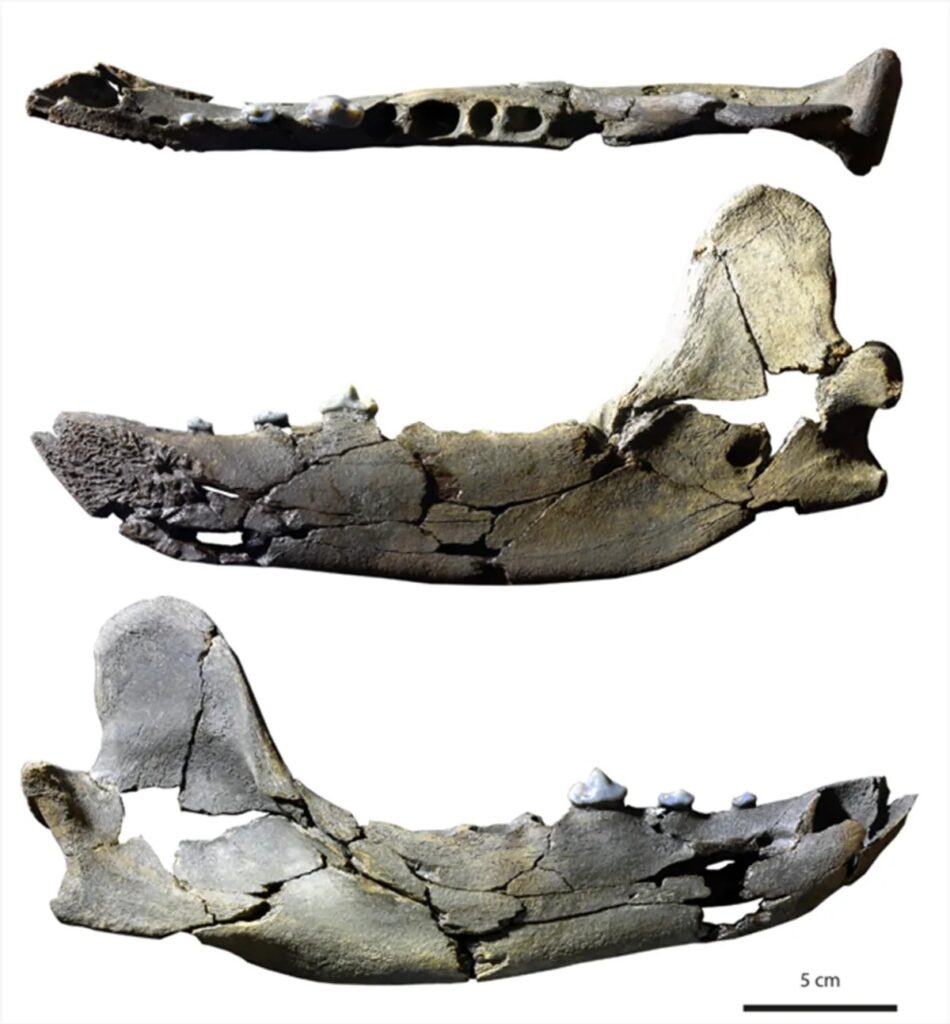
This beast weighed the same as an upright Schumann piano.
A new species of predator that formerly thrived in Europe has been identified by an international team of paleontologists. All because of a petrified lower jaw.
This new species is a member of the carnivore group known as “bear dogs,” so named because they resembled a hybrid between a huge dog and a bear. To be more specific, they are members of the “Amphicyonidae” family.
The discovery has now been published in the peer-reviewed journal PeerJ Life and Environment.
“Bear-dogs” were a kind of carnivore that lived in Europe during the Miocene epoch (23 to 5.3 million years ago). The last of the gigantic monsters, which weighed up to 320 kilos, went extinct roughly 7.5 million years ago (705 pounds).
The Southwestern section of France was flooded multiple times throughout the early and middle Miocene eras, depositing many fossils in the area, including the unusual find of a preserved lower jaw of an amphicyonid species (described in this research). These deposits were studied at Sallespisse, a tiny town on the northern border of the Pyrenees in south-western France.

The jawbone has a distinct fourth lower premolar, indicating that it is most likely a new genus and species. Because it differs morphologically from other amphicyonid species, this tooth is useful in recognizing species and genera.
Tartarocyon cazanavei is the name given to this new species after Tartaro, a one-eyed giant from Basque mythology. This beast was exceedingly strong and resided in mountain caverns where he would catch young people for sustenance. He was also claimed to have lived in the site where the fossil was initially reported. Meanwhile, the suffix -cyon was selected since it is the Greek word for dog.
The Tartarocyon is thought to have weighed roughly 200 kilograms (441 pounds), the same as a one-piece Schumann black upright piano. Certainly not something you want rushing towards you at any speed.
It is often difficult to be confident of a new genus, especially when just one fossil has been discovered, therefore the scientists are hoping that any further fossil discoveries will support their results.

Leave a Reply